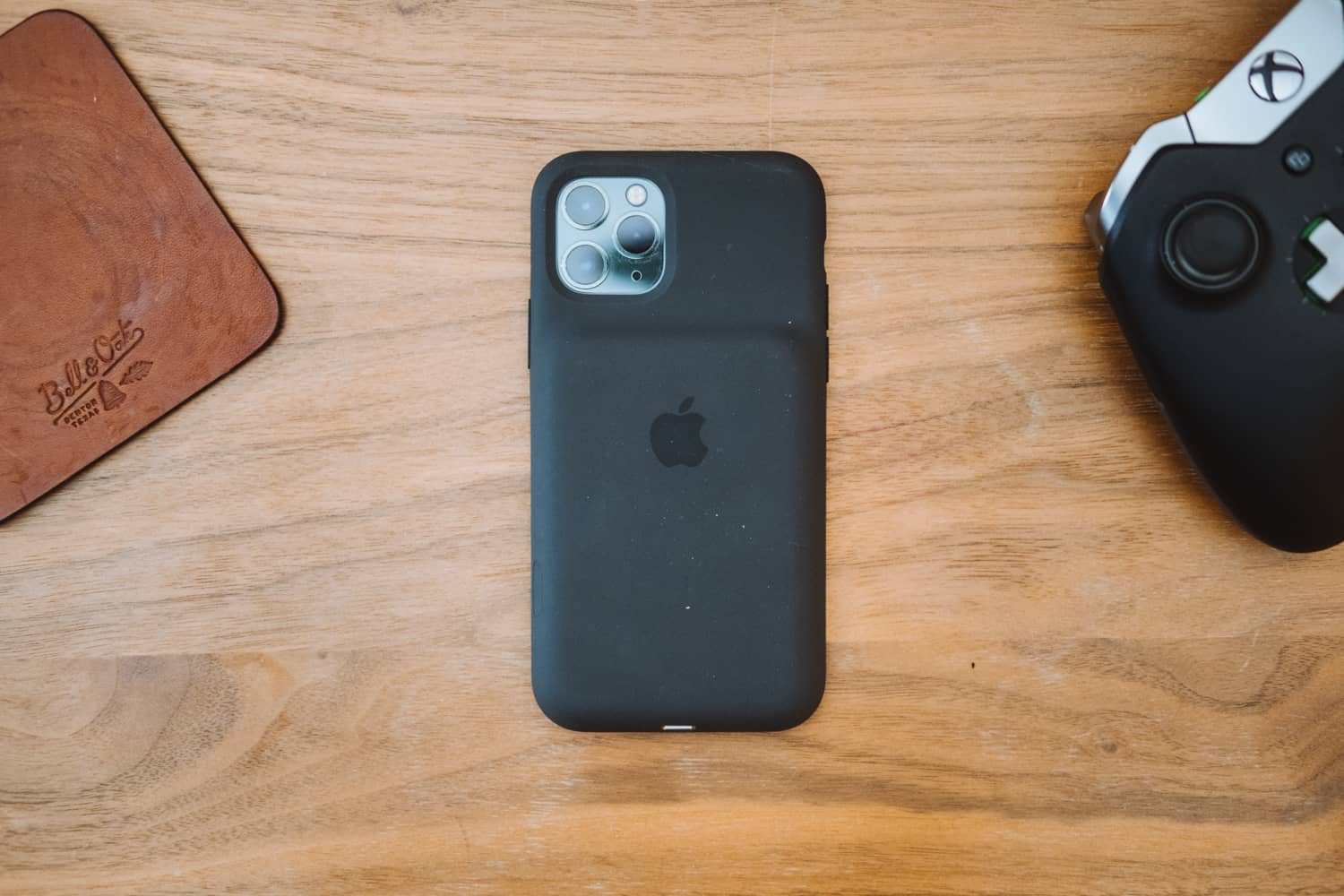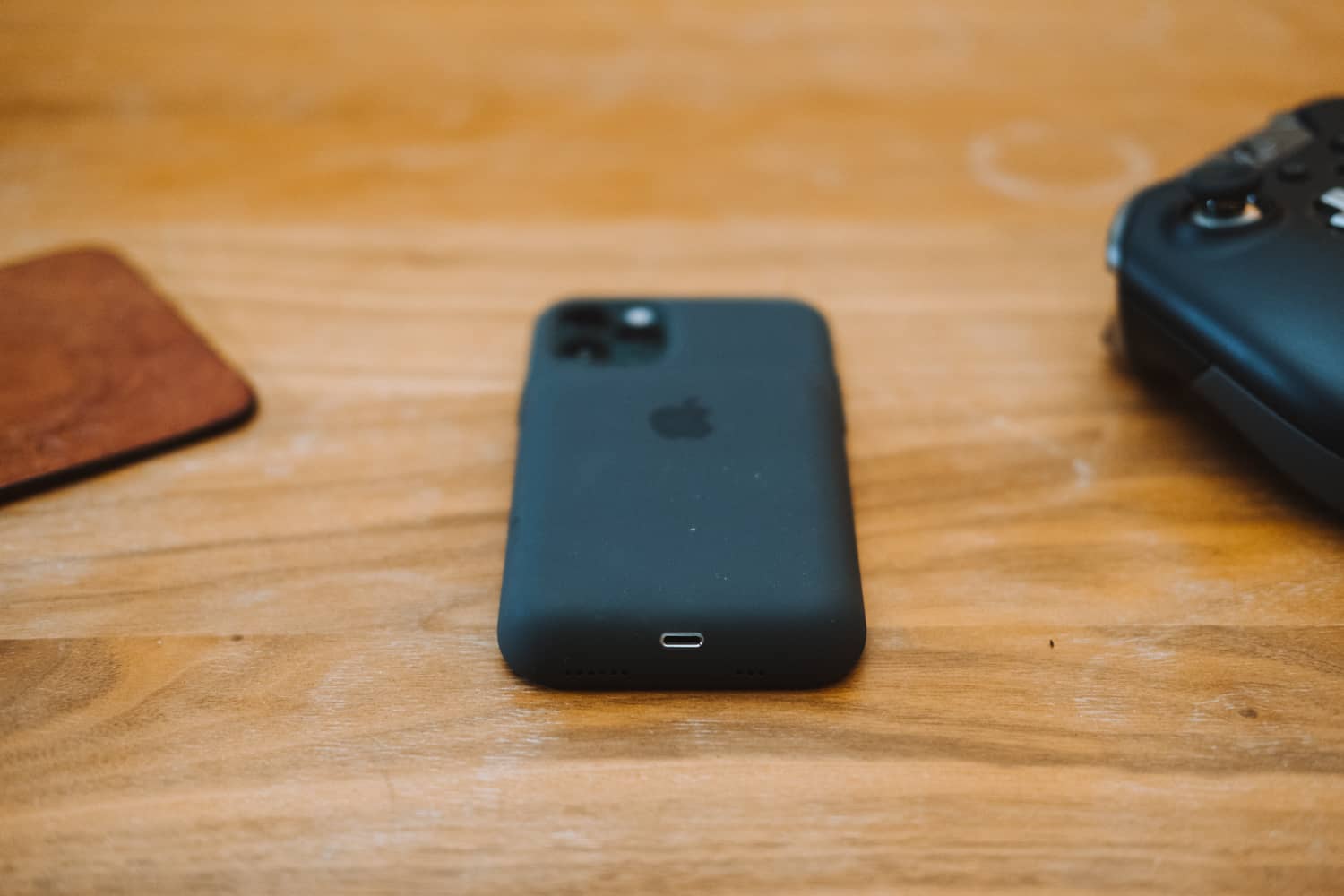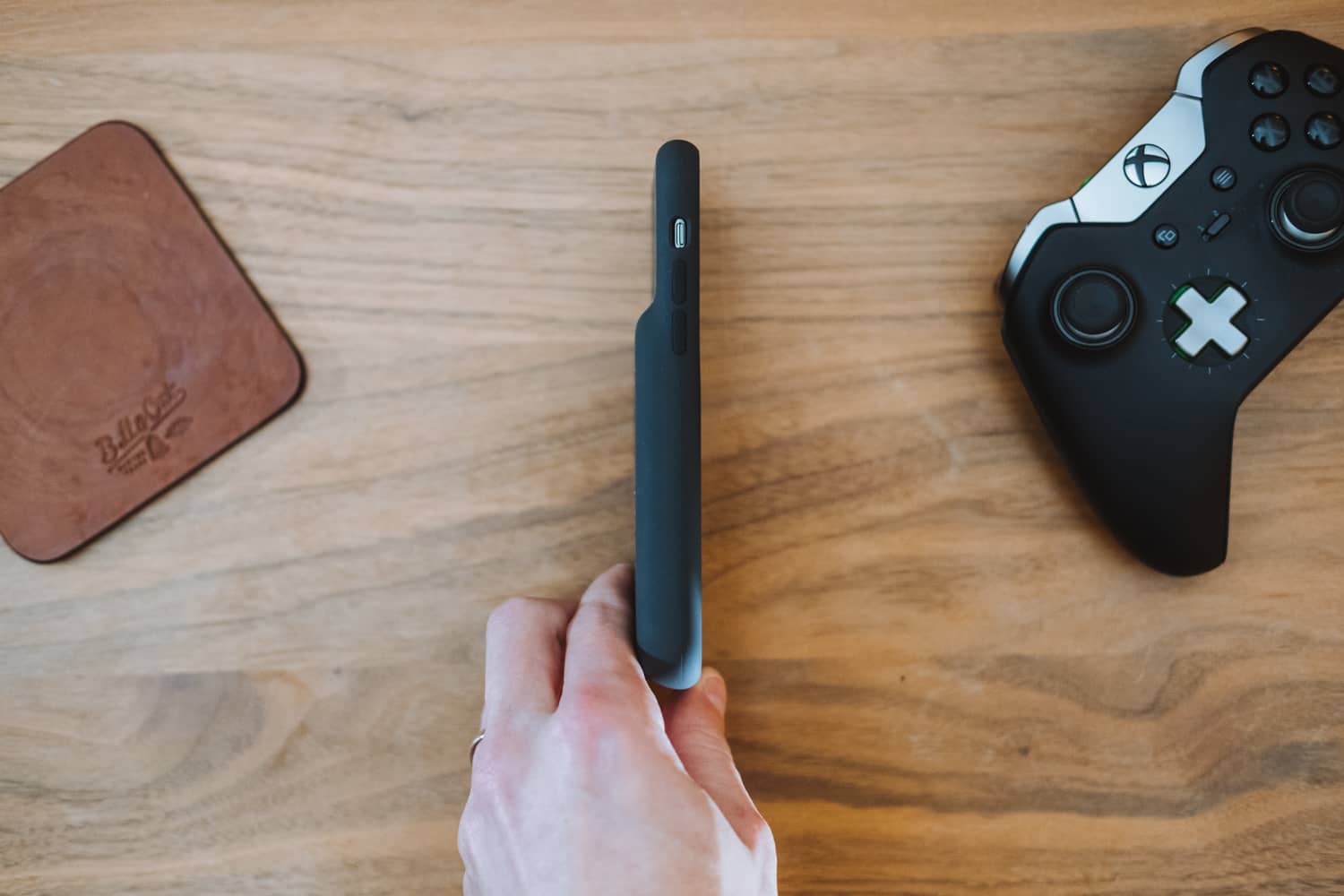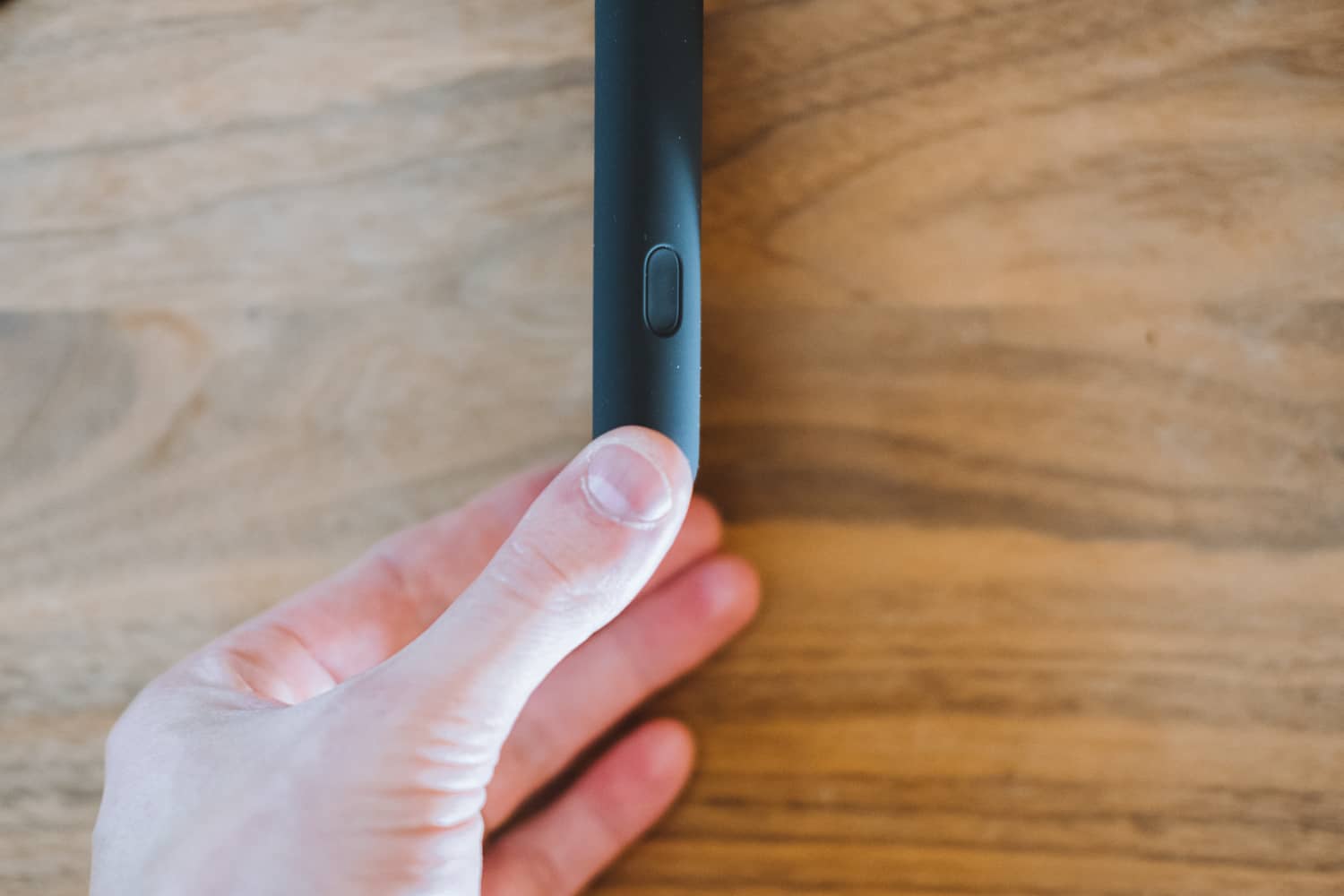Battery cases are total overkill in my life — I sit at the office for most of the day and have a wireless charger on my desk where my iPhone sits. I’m not sure if my iPhone 11 Pro has dropped below 50% in battery life yet.

Apple’s iPhone 11 Pro Battery Case comes with an extra feature up its sleeve though: a direct camera-launching button. Is this button worth a purchase all on its own? Likely not. But the combination of prolonged battery life and direct access to the iPhone 11 Pro’s camera app made it worth a short test run.
This is my first every battery case — I’ve never tried any prior Apple battery case nor have I ever tried a Mophie case. I imagine, for those who need more battery life each day, that Apple’s option is the best option. Aside from the extra battery life, there are handy built-in software complements that make Apple’s option the de facto pick. I love how you can see the Battery Case’s charge right in the Today widget.

But there are a few other anecdotes I’m considering right now, some of which will push me to keep the case, and others that really push me to send it back.
The Battery Hump: For some reason, I didn’t think the battery hump would be as pronounced as it actually it is. This hump is beefy and hefty. More than the increased thickness, I am most surprised by the increased weight of the overall package.
The Silicone Feel: I’ve tested a bunch of prior Apple Silicone Cases and I’ve always been annoyed with how the silicone grabs the inside of your pocket as you slide in or pull out your iPhone. This silicone seems to have less of that grabby friction — it doesn’t slide as nicely as a leather case, obviously, but it slides better than any other silicone case I’ve felt.

The Thicker Feel: That hefty battery hump provides for a few great features (battery, obviously), one of which is the feel of it in your hand. There is no mistaking how sweet the case feels in hand. It provides a tacky, grippy, svelte chassis that really provides confidence when you grab it. I really like the feel the case provides when typing.
The Battery Life: This is kind of the name of the game with this case, yet I’m not sure where I stand just yet. The Battery Case comes uncharged in the box, so I plugged it in and charged up the iPhone and case to 100% iPhone and 84% Battery Case. I left the case and iPhone off the charger over night, worked through the day (with an admittedly light workflow) and now, at around 26 hours after charging to 80%, the case is just about dead. I suppose that’s really, really good, though I had farfetched dreams of this case and iPhone lasting the better part of a week on one charge.

The Camera Button: Finally, the feature that pushed me over the purchase cliff. Two aspects of the camera button to note:
- It takes more than a quick press to launch the camera. You have to consciously hold the button for about half to three-quarters of a second to launch the camera. Then, when firing the shutter, it only takes a quick press. Clearly this is to ensure you don’t open the camera app mistakenly. But I honestly thought the button was faulty the first time I tried to use it.
- I really like the placement of the button. The bottom right positioning is completely new for Apple’s iDevice world — I can’t recall any hardware button being placed in the bottom right corner of a device. But as it stands, when you rotate the iPhone to shoot a photo, the button rests nicely underneath your right index finger and is perfectly positioned for firing the shutter.
I have a little longer yet to play around with this Battery Case and I’ll use the extra time to determine if I’m going to keep it or not.1 As of right now, I think I’ll send it back — I haven’t ever found I need an extra day of battery life in my iPhone. At $200 CAD after tax, it’s a bit on the pricy side as well.
But for that camera button? Seriously, that button almost makes the case worth the purchase.
Almost.
Shout out to Apple’s extended holiday return policy. If you purchased a 16-inch MacBook Pro, that too is only due for return by January 8, 2020. That’s a very, very long testing period. ↩